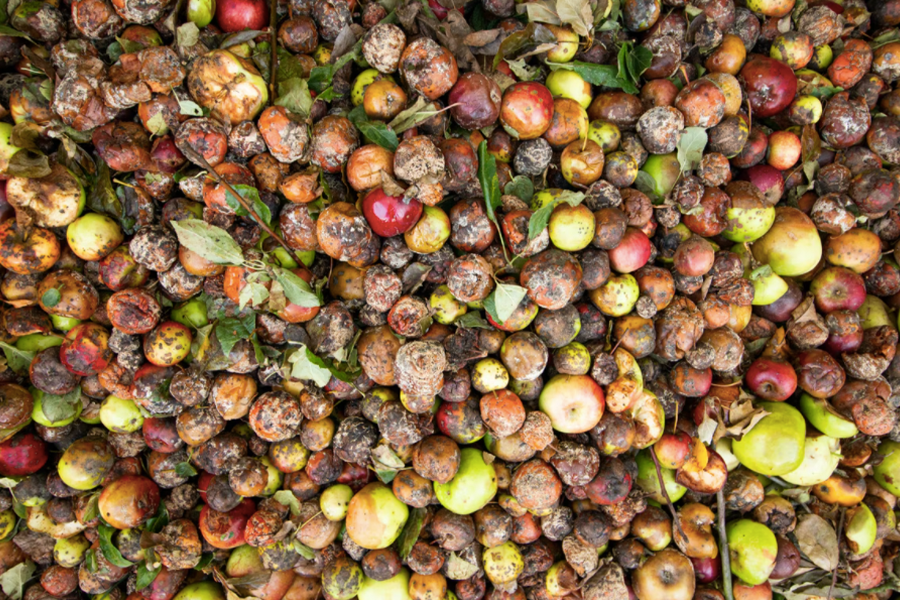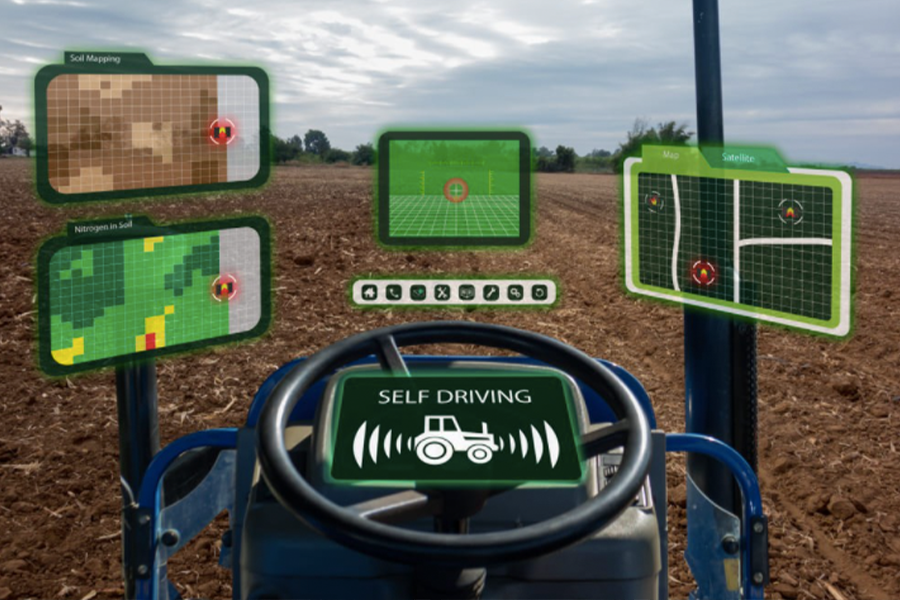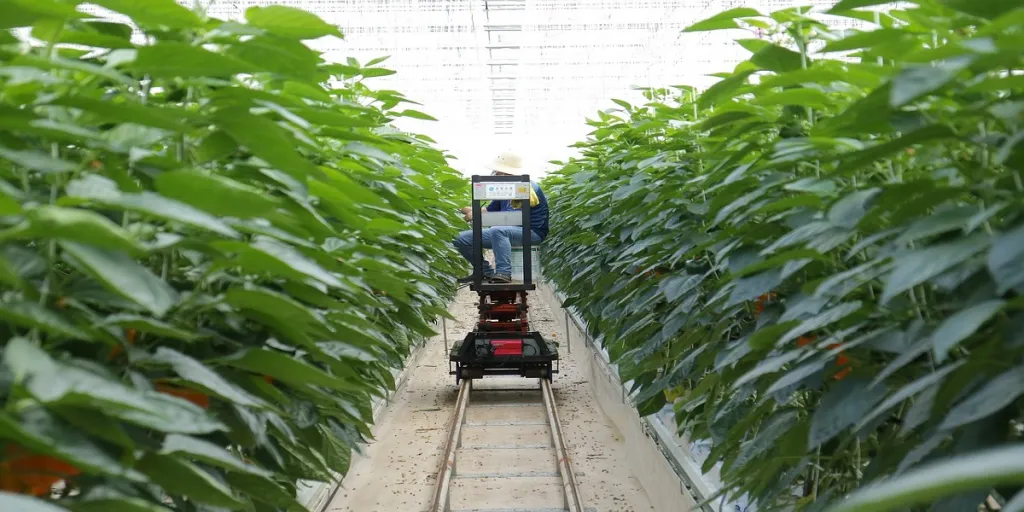At the dawn of agriculture, the world’s population was only 5 million. By 2050, the world population is expected to reach 9.6 billion. This will bring with it new challenges, the biggest of these being the ability to feed everyone. Automation is already a big part of optimizing agricultural output, but as the changing climate brings with it greater unpredictability, farmers will need help to ensure they can respond to new weather patterns and not lose their crops.
Table of contents:
What are smart farming and machine automation in agriculture and why are they important?
What are the latest trends in smart farming materials?
Choosing smart farming materials and parts for machine automation wholesale
What are smart farming and machine automation in agriculture and why are they important?
The world is changing rapidly and with dramatic consequences for the agricultural industry:
- Increases in obesity and health problems are driving individuals to look for healthier produce without pesticides, additives, or unhealthy fats.
- Society has become more conscious of the need for better conditions in farming, with a huge drive toward veganism, especially in the West.
- Global warming is becoming an increasingly visible global disaster, with pushes from governments everywhere to reduce greenhouse gas emissions and consume less energy.
- Changes in the environment mean greater food loss, with failed crops due to freak weather patterns and disruptions to the meat and dairy industries caused by disease outbreaks.
- Population growth means a need for more food and a reduction in the huge amounts of food waste across the planet.
These changes, both ideological and environmental, demand changes in our agricultural processes. A United Nations report in 2017 stated that one third of all food produced globally is lost or wasted every year. This level of food loss is unsustainable when considering the current and future changes in society and on Earth. To address this, the agricultural industry is diving headfirst into smart farming and machine automation, but what does that mean?
- Smart farming: technological innovations that use smart technology (such as AI, IoT, sensors, and more) to optimize food production processes and improve food quality.
- Machine automation: the process of using machinery to allow for minimal human assistance. This reduces the need for labor, thereby reducing costs and addressing the issue of labor shortages.

Today, smart machinery is implemented in irrigation systems, fruit and vegetable picking, pesticide spraying, seeding, weeding, harvesting, and more—this translates into greater accuracy, lower costs, lower energy consumption, and higher productivity.
What are the latest trends in smart farming materials?
Smart technology is entering the agricultural sector at break-neck speed, allowing for a reduction of waste, greater ability to analyze the upcoming climate or soil needs, and more. With a rising population, rising sea levels, and an ever more unpredictable climate, traditional farming appliances and methods will not be able to deliver sufficient harvests or yields for long. Moreover, with farming being responsible for up to 8.5% of all greenhouse gas emissions, and a further 14.5% coming from land-use change, the agricultural industry is focusing on green smart farming in a way never seen before. Thanks to governments making a push for greener agriculture, and global pledges and climate change acts for net-zero emissions, the present and future of agriculture now lies in innovative green smart technologies and automation.
With energy, waste, and food loss reductions, and greater productivity goals in mind, 2022 will see a rise in a whole range of new technologies, especially within IoT-based agricultural applications, sensors, machines, and more. A few of these are discussed in greater detail below.
IoT devices
One example of how the Internet has entered agriculture and farming is the “Internet of Cows.” This link between livestock and the IoT takes the form of an ingestible sensor able to monitor an animal’s internal body temperature, rumination, body movement, PH levels, and more. All the data from the sensor will be transferred wirelessly to a database, thereby allowing farmers to easily monitor the health of their livestock to maximize profitability and avoid outbreaks. Another example of IoT usage in agriculture is the combination of the well-known Subsurface Drip Irrigation (SDI) system, which requires some human assistance with intelligent sensors. Through this combination, IoT is able to independently monitor moisture levels and send real-time analytics to a smart device for better irrigation.
AI agricultural management
Data is the key to understanding and responding to any issue, and agriculture is no exception. To gather as much information as possible, forward-thinking farmers have been using drones, robots, sensors, linear programming, and more. Examples include using drones to locate infected crop areas and so localize pesticide distributions, thereby saving on cost and reducing the emission of malicious gasses into the atmosphere and onto food. Solar-powered robots with AI and computer vision are used to plant seeds quickly and in perfect symmetry, thereby maximizing efficiency, power consumption, and usage of space. AI is also used to save water, with linear programming being used to locate water leaks and so optimize irrigation systems to conserve water.
Smart farming innovations for traditional equipment
Traditional farming has served agriculture for hundreds of years and there is no need to make it completely redundant just yet. Optimizations are being put in place across the industry to address labor shortages, reduce fuel usage, and maximize efficiency. Such smart farming innovations include self-driving tractors that make use of GPS systems, vision systems, and light detection to be controlled remotely effectively and securely. Further innovations include adding sensors and sprayers to tractors to reduce human contact with pesticides and allow automated, self-driving tractors to carry out multiple tasks simultaneously.

Choosing smart farming materials and parts for machine automation wholesale
In 2019, the global smart agriculture market was valued at $16,746.7 million and by 2027 it is estimated to reach $29,234.6 million, with a CAGR of 9.7% from 2021 to 2027. With this huge growth, now is the perfect time to enter the smart agricultural market. To work out what items to stock, however, it is important to first identify the needs of the end user.
Small-scale farms
For small-scale farms, consider space and growing opportunities. Stock heat preservation smart glass for greenhouses to grow fruit and vegetables all year round while preserving energy. Invest in hydroponic growing towers to maximize growing space by planting upward and to save on water. Buy smart agricultural sensors to monitor soil humidity and weather patterns to maximize irrigation efficiency. For livestock, buy animal tents to save on high-cost warehouse and stables construction.
Crop farming
For customers working in crop farming, there is more than one way to plant. Invest in a range of robotic seedling transplanters to cover more ground faster and to plant with precision. To save on pesticides, for both cost and environmental reasons, buy a range of agricultural drone pesticide sprayers, which can maximize a good quality harvest. When using greenhouses, consider stocking sensor monitored rollbacks to ensure prime temperatures for growth. When farming outdoors, stock leaf wetness sensors to prevent pests or diseases from spreading through the crop.
Livestock and dairy farming
For farming that involves livestock, from chickens to cows, stock automated ventilation systems and ammonia gas detectors to keep animals safe, and smart ear tags and livestock smart scales to keep track of livestock. For dairy-specific farming, stock full milking equipment, from vacuum systems and glass bottle measurement systems to electric pulsator systems and automated IoT milk meters. To detect cow pregnancy, stock smart temperature sensor collars and, to check breast health stock, handheld mastitis detectors. Another smart farming item to consider is of course the ingestible IoT health monitors, known as the Internet of Cows.
Conclusion
Labor shortages, costs, and climate change are all ever-growing concerns in the agricultural industry. To fight these, enhanced automated machinery can carry out multiple tasks, such as planting seeds and spreading pesticides, simultaneously and without human intervention. Moreover, AI equipment, such as drones, can help to isolate infected areas in crops, thereby reducing pesticide usage, while smart sensors can help conserve water and minimize food loss. To ensure that you are stocking the right agricultural equipment to stay in the game and step into the future, it is paramount that energy-saving and green options are at the forefront of those choices. Ultimately, if there is no safeguarding of the environment, then there will be no environment to farm. To ensure you stock the right automated machinery and smart farming equipment for your farms and the environment, explore a range of smart agriculture today.




